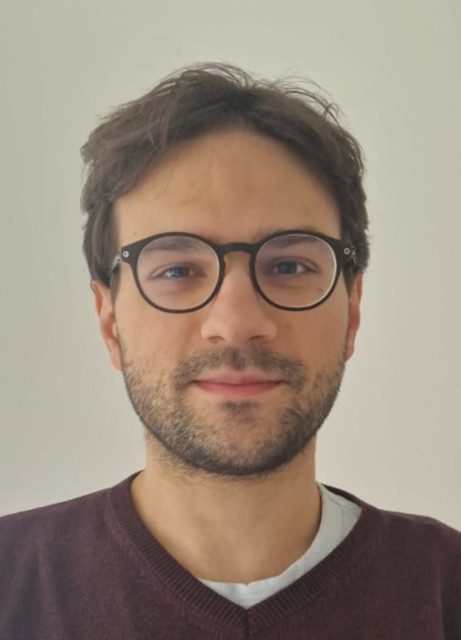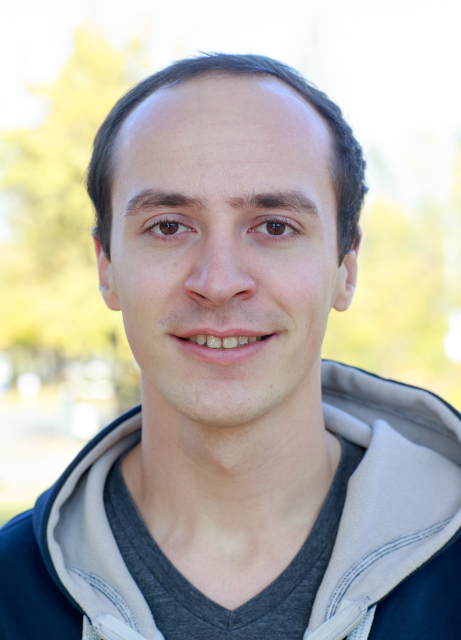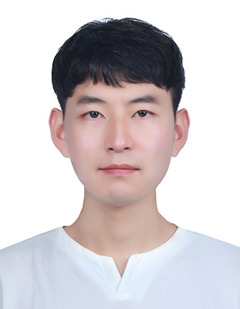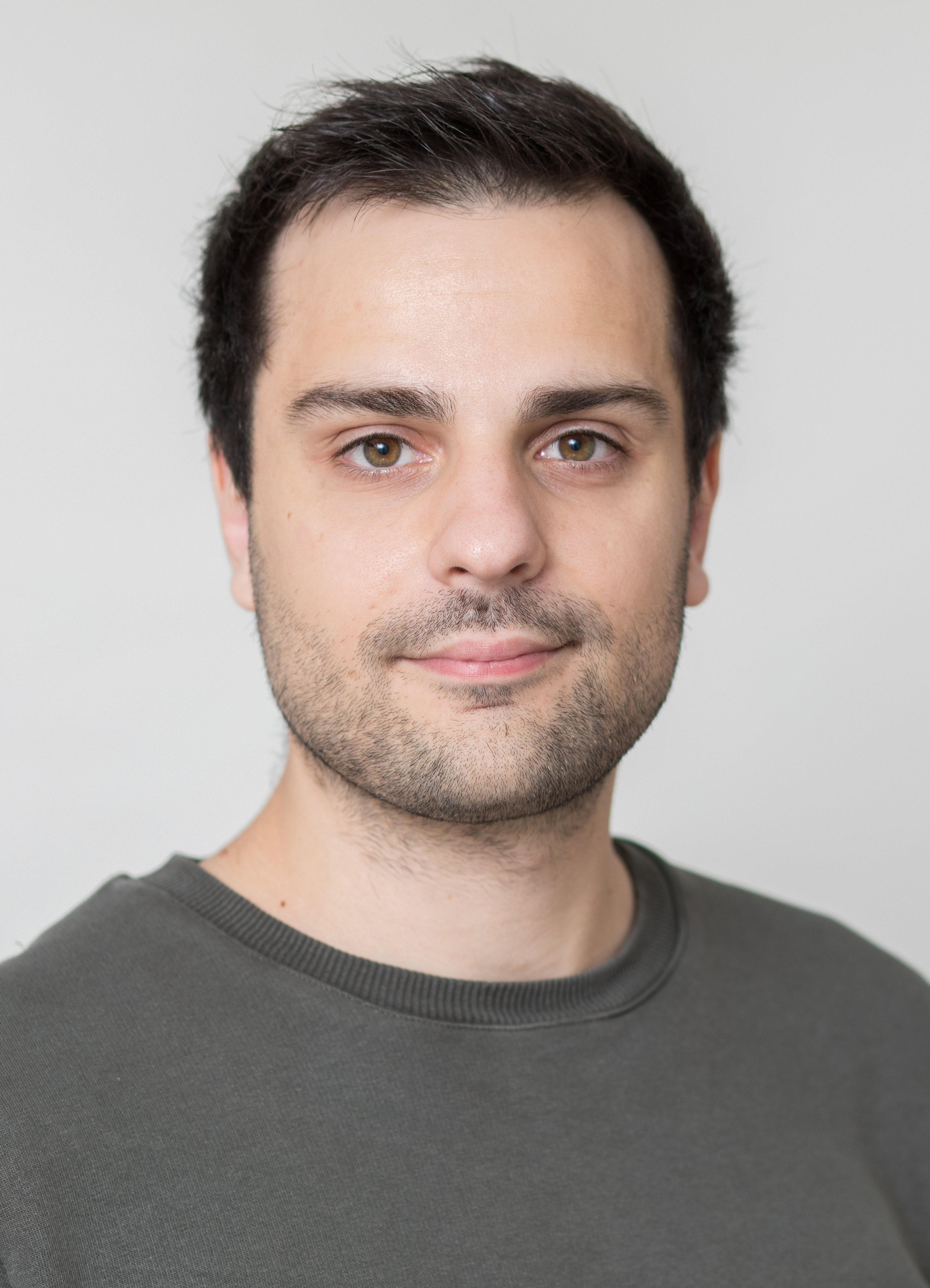
The observation of gravitational waves by the LIGO/VIRGO collaboration started a new era for astronomy. The discovery potential of the nascent field of gravitational wave science largely hinges upon the ability to make precise theoretical predictions, notably for the evolution of binary compact objects. Reliable templates are critical for successful data analysis and interpretation of the gravitational wave signals. The goal of the EU-funded LHCtoLISA project* is to push forward the frontiers of analytic understanding in gravitational dynamics, in combination between an effective field theory framework and other very powerful tools from particle physics. The novel formalism developed and new results the project team has already produced will be instrumental for the construction of accurate template banks. The high-precision calculations we continue to undertake can have enormous implications in many realms of theoretical physics: from probing strongly interacting matter under unique conditions inside neutron stars and testing Einstein's gravity in the unknown strongly-coupled regime, to enabling the discovery of exotic compact objects and putative new ultralight (dark matter) particles in nature.
*This project has received funding from the European Research Council (ERC) under the European Union’s Horizon 2020 research and innovation programme (grant agreement No 817791).
Project Members

Rafael A.
Porto
Head of GWAT and
LHCtoLISA
|

Mateja
Bošković
Postdoc (ERC & QU funding)
|

Christoph
Dlapa
Postdoc (DESY & ERC funding)
|

Gregor
Kälin
Postdoc (ERC funding)
|
Publications
Presentations (Conferences, Workshops, Schools)
|
Former project members

Gihyuk
Cho
Postdoc (ERC funding)
|

François
Larrouturou
Postdoc (ERC funding)
|

Massimiliano
Riva
Postdoc (QU & ERC funding)
|

Zixin
Yang
Postdoc (ERC funding)
|




